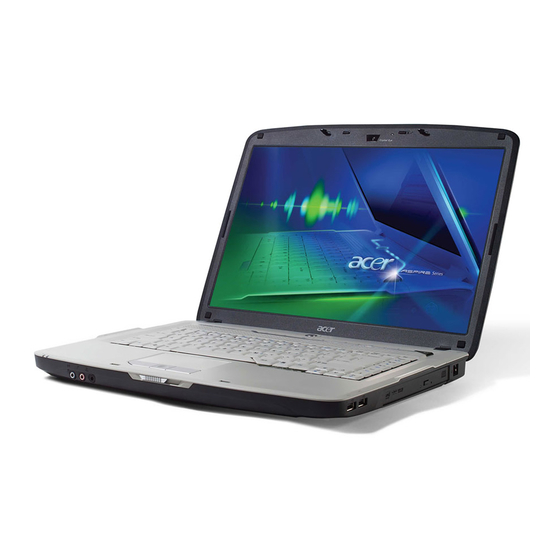
Acer Aspire 7220 Service Manual
Hide thumbs
Also See for Aspire 7220:
- Service manual (106 pages) ,
- User manual (119 pages) ,
- User manual (121 pages)












Need help?
Do you have a question about the Aspire 7220 and is the answer not in the manual?
Questions and answers